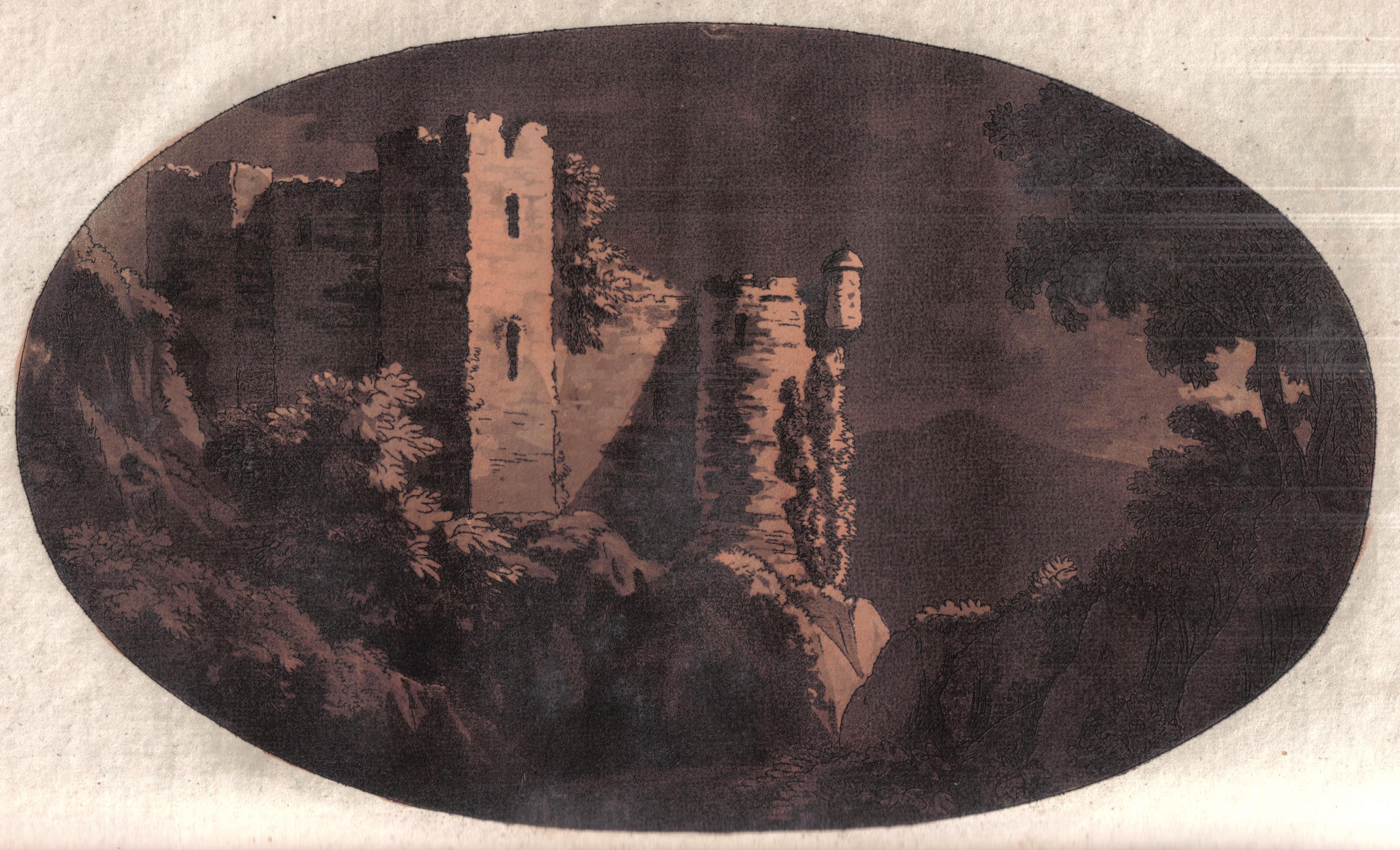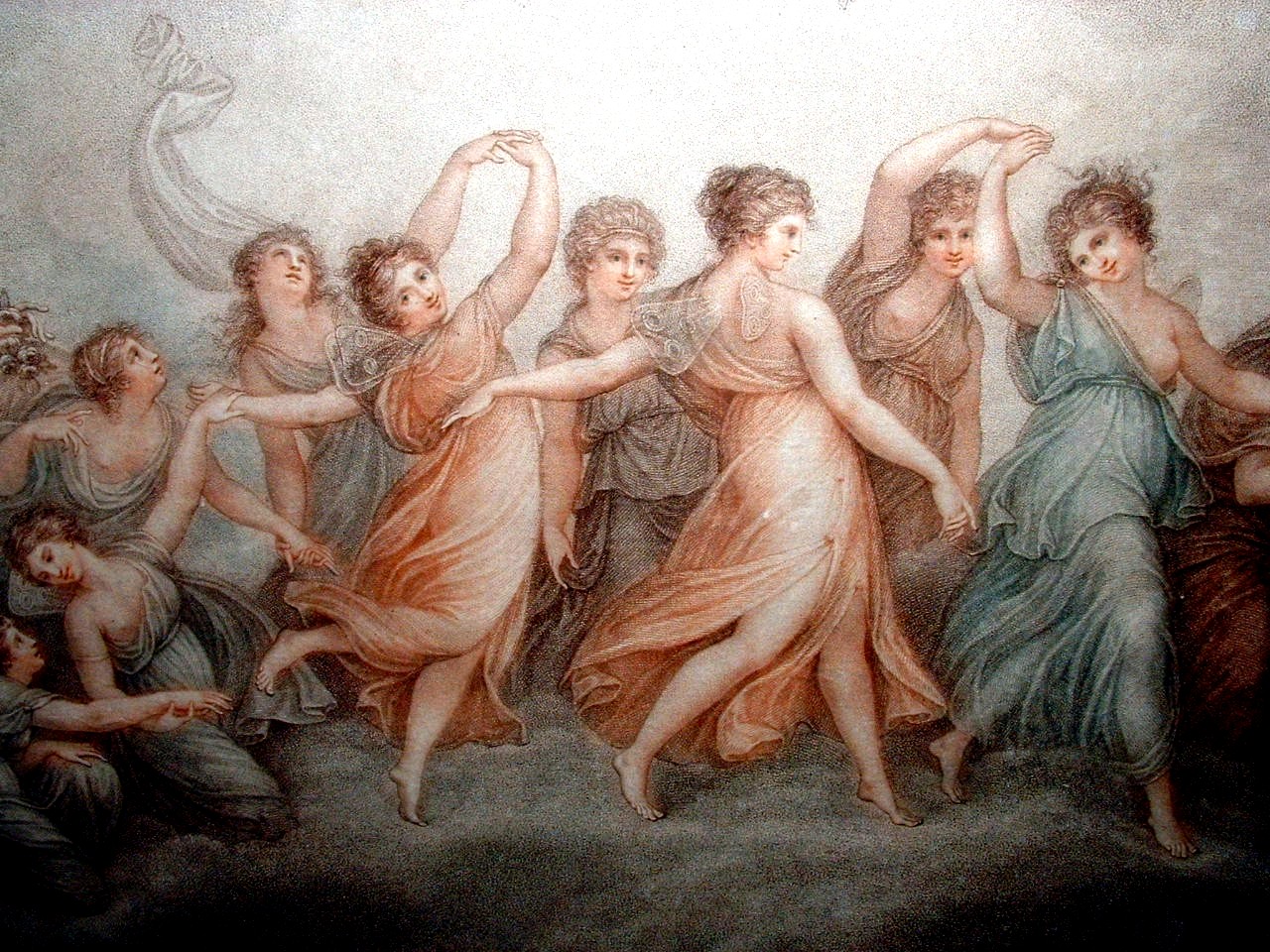|
Picturesque
Picturesque is an aesthetic ideal introduced into English cultural debate in 1782 by William Gilpin in ''Observations on the River Wye, and Several Parts of South Wales, etc. Relative Chiefly to Picturesque Beauty; made in the Summer of the Year 1770'', a practical book which instructed England's leisured travellers to examine "the face of a country by the rules of picturesque beauty". Picturesque, along with the aesthetic and cultural strands of Gothic and Celticism, was a part of the emerging Romantic sensibility of the 18th century. The term "picturesque" needs to be understood in relationship to two other aesthetic ideals: the '' beautiful'' and the '' sublime''. By the last third of the 18th century, Enlightenment and rationalist ideas about aesthetics were being challenged by accounts of the experiences of beauty and sublimity that involved non-rational elements. Aesthetic experience was not just a simply deliberate, conscious rational decision based on principles of, ... [...More Info...] [...Related Items...] OR: [Wikipedia] [Google] [Baidu] |
William Gilpin (priest)
William Gilpin (4 June 1724 – 5 April 1804) was an English artist, Church of England cleric, schoolmaster and author. He is most notable as a travel writer and as one of those who originated the idea of the picturesque.Malcolm Andrews"Gilpin, William (1724–1804)"''Oxford Dictionary of National Biography''. Retrieved 20 March 2016 Oxford, UK: OUP, 2004, pay-walled. Life Gilpin was born in Cumberland, the son of Captain John Bernard Gilpin, a soldier and amateur artist. From an early age he was an enthusiastic painter, sketcher and collector of prints. However, while his brother Sawrey Gilpin became a full-time professional painter, William opted for a career in the church, graduating from The Queen's College, Oxford, Queen's College, Oxford in 1748. While still at Oxford, Gilpin anonymously published ''A Dialogue upon the Gardens... at Stow in Buckinghamshire'' (1748). Part guidebook to Stowe, Buckinghamshire, Stowe, part essay on aesthetics, it shows that Gilpin had already ... [...More Info...] [...Related Items...] OR: [Wikipedia] [Google] [Baidu] |
Dutch Golden Age Painting
Dutch Golden Age painting is the painting of the Dutch Golden Age, a period in Dutch history roughly spanning the 17th century, during and after the later part of the Eighty Years' War (1568–1648) for Dutch independence. The new Dutch Republic was the most prosperous nation in Europe and led European trade, science, and art. The northern Terminology of the Low Countries, Netherlandish provinces that made up the new state had traditionally been less important artistic centres than cities in Flanders in the south. The upheavals and large-scale transfers of population of the war, and the sharp break with the old monarchist and Catholic cultural traditions, meant that Dutch art had to reinvent itself almost entirely, a task in which it was very largely successful. The painting of religious subjects declined very sharply, but a large new market for all kinds of secular subjects grew up. Although Dutch painting of the Golden Age is included in the general European period of Baroque ... [...More Info...] [...Related Items...] OR: [Wikipedia] [Google] [Baidu] |
Thomas Gray
Thomas Gray (26 December 1716 – 30 July 1771) was an English poet, letter-writer, and classics, classical scholar at Cambridge University, being a fellow first of Peterhouse then of Pembroke College, Cambridge, Pembroke College. He is widely known for his ''Elegy Written in a Country Churchyard,'' published in 1751. Gray was a Self-criticism, self-critical writer who published only 13 poems in his lifetime, despite being very popular. He was even offered the position of Poet laureate, Poet Laureate in 1757 after the death of Colley Cibber, though he declined. Early life and education Thomas Gray was born in Cornhill, London. His father, Philip Gray, was a scrivener and his mother, Dorothy Antrobus, was a milliner. He was the fifth of twelve children, and the only one to survive infancy.John D. Baird, 'Gray, Thomas (1716–1771)', ''Oxford Dictionary of National Biography'' (Oxford University Press, 2004Accessed 21 February 2012/ref> An 1803 newspaper article including a biog ... [...More Info...] [...Related Items...] OR: [Wikipedia] [Google] [Baidu] |
Romanticism
Romanticism (also known as the Romantic movement or Romantic era) was an artistic and intellectual movement that originated in Europe towards the end of the 18th century. The purpose of the movement was to advocate for the importance of subjectivity and objectivity (philosophy), subjectivity, imagination, and appreciation of nature in society and culture in response to the Age of Enlightenment and the Industrial Revolution. Romanticists rejected the social conventions of the time in favour of a moral outlook known as individualism. They argued that passion (emotion), passion and intuition were crucial to understanding the world, and that beauty is more than merely an classicism, affair of form, but rather something that evokes a strong emotional response. With this philosophical foundation, the Romanticists elevated several key themes to which they were deeply committed: a Reverence (emotion), reverence for nature and the supernatural, nostalgia, an idealization of the past as ... [...More Info...] [...Related Items...] OR: [Wikipedia] [Google] [Baidu] |
Uvedale Price
Sir Uvedale Price, 1st Baronet (baptised 14 April 1747 – 14 September 1829), author of the ''Essay on the Picturesque, As Compared with the Sublime and The Beautiful'' (1794), was a Herefordshire landowner who was at the heart of the 'Picturesque debate' of the 1790s. His life Uvedale Price was the eldest son of Robert Price, an amateur artist, by his wife the Hon. Sarah Barrington, daughter of John Shute Barrington, 1st Viscount Barrington. Educated at Eton and at Christ Church, Oxford, Price inherited the family estate of Foxley (in Yazor in Herefordshire) when he came of age in 1768, a few years after the death of his father in 1761 and of his grandfather ( Uvedale Tomkins Price) in 1764. As a young man Price was a figure on London's social scene, and was once described as the "macaroni of his age," but with his inheritance and his marriage to Lady Caroline Carpenter, youngest daughter of George Carpenter, 1st Earl of Tyrconnel, he settled down at Foxley to tend to the ... [...More Info...] [...Related Items...] OR: [Wikipedia] [Google] [Baidu] |
Christopher Hussey (historian)
Christopher Edward Clive Hussey CBE (21 October 1899 – 20 March 1970) was a British architecture writer. He was one of the chief authorities on British domestic architecture of the generation that also included Dorothy Stroud and Sir John Summerson. Background Hussey was born in London, the son of William Clive Hussey and his wife, Mary Ann (née Herbert) Hussey. He was educated at Eton College and Christ Church, Oxford. During World War I, he was a first lieutenant with the Royal Field Artillery. Career His first major ventures both appeared in 1927. One was a collaboration with his mentor and predecessor at ''Country Life (magazine), Country Life'' magazine, H. Avray Tipping, in Tipping's series ''In English Homes, Period IV, vol. 2, The Work of Sir John Vanbrugh and his School, 1699–1736'' (1927). English garden history was an unexplored field when Hussey broke ground the same year with ''The Picturesque: Studies in a Point of View'' (1927; reprinted 1967), which was a p ... [...More Info...] [...Related Items...] OR: [Wikipedia] [Google] [Baidu] |
Claude Lorrain
Claude Lorrain (; born Claude Gellée , called ''le Lorrain'' in French; traditionally just Claude in English; c. 1600 – 23 November 1682) was a French painter, draughtsman and etcher of the Baroque era. He spent most of his life in Italy, and is one of the earliest significant artists, aside from his contemporaries in Dutch Golden Age painting, to concentrate on landscape painting. His landscapes often transitioned into the more prestigious genre of history paintings by addition of a few small figures, typically representing a scene from the Bible or classical mythology. By the end of the 1630s he was established as the leading landscapist in Italy, and enjoyed large fees for his work. His landscapes gradually became larger, but with fewer figures, more carefully painted, and produced at a lower rate.Kitson, 6 He was not generally an innovator in landscape painting, except in introducing the sun and streaming sunlight into many paintings, which had been rare before ... [...More Info...] [...Related Items...] OR: [Wikipedia] [Google] [Baidu] |
Jacob Van Ruisdael
Jacob Isaackszoon van Ruisdael (; 1629 – 10 March 1682) was a Dutch painter, draughtsman, and etcher. He is generally considered the pre-eminent landscape painter of the Dutch Golden Age, a period of great wealth and cultural achievement when Dutch painting became highly popular. Prolific and versatile, Ruisdael depicted a wide variety of landscape subjects. From 1646 he painted Dutch countryside scenes of remarkable quality for a young man. After a trip to Germany in 1650, his landscapes took on a more heroic character. In his late work, conducted when he lived and worked in Amsterdam, he added city panoramas and seascapes to his regular repertoire. In these, the sky often took up two-thirds of the canvas. In total he produced more than 150 Scandinavian views featuring waterfalls. Ruisdael's only registered pupil was Meindert Hobbema, one of several artists who painted figures in his landscapes. Hobbema's work has at times been confused with Ruisdael's. Ruisdael ... [...More Info...] [...Related Items...] OR: [Wikipedia] [Google] [Baidu] |
Poussin
Nicolas Poussin (, , ; June 1594 – 19 November 1665) was a French painter who was a leading painter of the Classicism, classical French Baroque style, although he spent most of his working life in Rome. Most of his works were on religious and mythological subjects painted for a small group of Italian and French collectors. He returned to Paris for a brief period to serve as First Painter to the King under Louis XIII and Cardinal Richelieu, but soon returned to Rome and resumed his more traditional themes. In his later years he gave growing prominence to the landscape in his paintings. His work is characterized by clarity, logic, and order, and favors line over color. Until the 20th century he remained a major inspiration for such classically-oriented artists as Jacques-Louis David, Jean-Auguste-Dominique Ingres and Paul Cézanne. Details of Poussin's artistic training are somewhat obscure. Around 1612 he traveled to Paris, where he studied under minor masters and completed ... [...More Info...] [...Related Items...] OR: [Wikipedia] [Google] [Baidu] |
Arcangelo Corelli
Arcangelo Corelli (, also , ; ; 17 February 1653 – 8 January 1713) was an List of Italian composers, Italian composer and violinist of the middle Baroque music, Baroque era. His music was key in the development of the modern genres of Sonata and Concerto, in establishing the preeminence of the violin, and as the first coalescing of modern tonality and function (music), functional harmony.Taruskin, Richard. ''Oxford History of Western Music'', vol. 2, chapter 5 Oxford: Oxford University Press, 2009. He was trained in Bologna and Rome and spent most of his career there with the protection of wealthy patrons.Buscaroli, Piero ''Arcangelo Corelli'', ''Dizionario biografico degli italiani'', Volume 29. Treccani, 1983 Though his entire production is limited to just six published collections – five of which are trio sonatas or Sonata, solo and one of concerto grosso, concerti grossi — he achieved great fame and success throughout Europe, in the process crystallizing widely influent ... [...More Info...] [...Related Items...] OR: [Wikipedia] [Google] [Baidu] |







